Iceland is a nature and adventure enthusiast’s paradise, with stunning landscapes sculpted by glaciers, volcanoes and time. Its most stunning geological attractions are the numerous caves in Iceland, each providing a different combination of history, mystery and nature. From crystal-lined ice caves to ancient lava tunnels, the renowned caves are a sight not to be missed. For tourists planning an unforgettable Icelandic vacation, visiting these caves is a memorable experience.
10 Most Popular Caves In Iceland
Discover Iceland’s subterranean wonders with our guide to the most captivating and important Caves in Iceland, perfect for adventurers and geology enthusiasts:
1. Vatnajökull Ice Cave
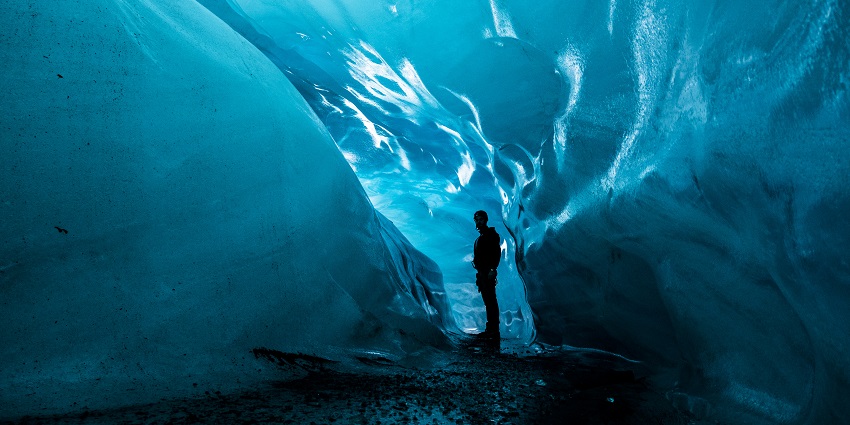
Photo: Davide Cantelli cant89 / Wikimedia Commons
Vatnajökull Ice Cave is one of Iceland’s most renowned caves in Europe’s largest glacier. Its breathtaking blue colours and seasonal formations draw photographers and nature enthusiasts. This glacial cave evolves annually, moulded by meltwater and moving ice, providing a new experience each time. As one of Iceland’s most significant caves, it’s frequently highlighted in travel shows and photography exhibitions. The glinting ceiling and frozen structures make it one of Iceland’s best Caves to visit in winter. Experts guide it because of the delicate and moving nature of the ice. It’s a real natural wonder, drawing adventurers from around the world.
Location: Vatnajökull National Park
Best Time To Visit: November to March (seasonal)
2. Raufarholshellir Lava Tunnel
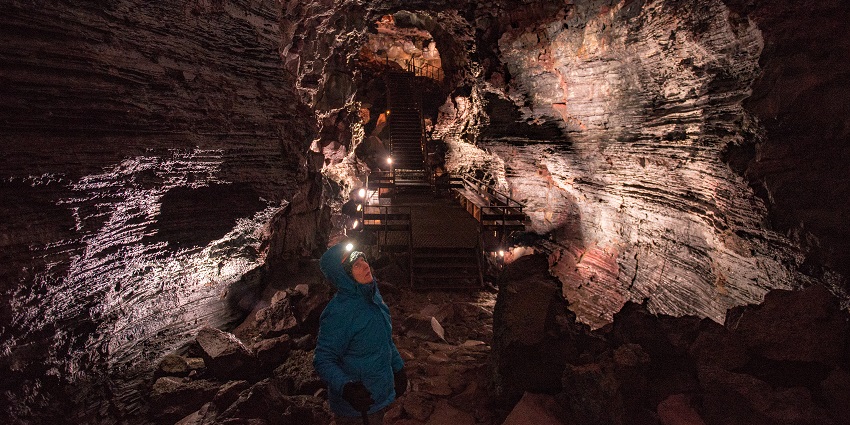
Photo: Winniepix / Wikimedia Commons
Raufarhólshellir is one of Iceland’s longest and most visited caves, a lava tube formed after a 5,200-year volcanic eruption. The tunnel has stunning colours, lava stalactites, and natural skylights. Visitors can take a guided route while learning about lava formations and volcanic activity. It is a tourist attraction and one of Iceland’s most important caves for geologists and students. Only 30 minutes from Reykjavík, the cave is an easy way to explore Iceland’s volcanic interior. Compared to Iceland’s Caves, Raufarhólshellir is a sight and learning experience for all.
Location: Near Hveragerði, 30 km from Reykjavík
Best Time To Visit: Year – round
3. Leiðarendi Cave
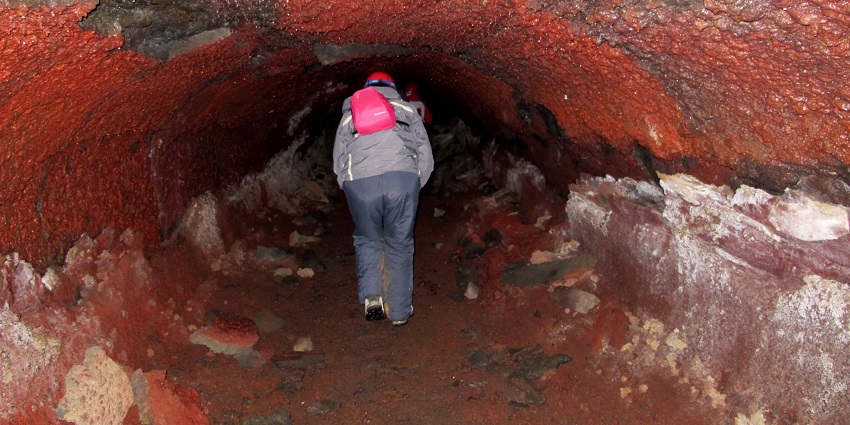
Photo: El Coleccionista de Instantes / Wikimedia Commons
Leiðarendi Cave is a classic lava tube and one of the most accessible caves in Iceland, located near the capital. It’s known as the “End of the Road,” full of unusual formations like lava ropes, stalactites, and colourful mineral deposits. It’s a famous cave in Iceland because of its well-preserved lava formations. Ideal for guided and small group tours, unlike some icy attractions, Leiðændi is a dry lava Cave. Its well-preserved condition and design make it one of the notable for leisure travellers.
Location: Near Bláfjöll Mountain, southwest Iceland
Best Time To Visit: Year – round
4. Ice Cave At Langjökull Glacier
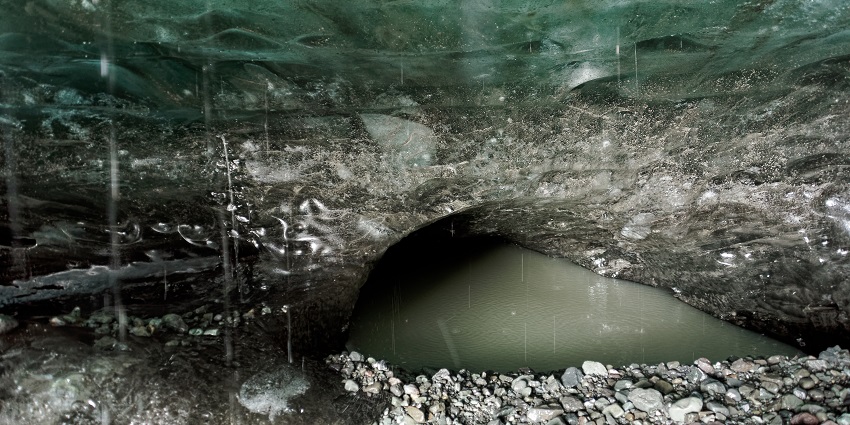
Photo: Jakub Hałun / Wikimedia Commons / Image For Representation Only
Langjökull Glacier is the home to one of the most unusual artificial caves in Iceland. It is a gigantic tunnel carved out deep into solid glacier ice. Unlike natural caves, this one offers year-round access, even during summer. It’s one of the famous caves due to its engineering brilliance and the otherworldly scenery of the blue ice walls. The tour is both educational and thrilling. This is one of the important caves for climate and glacial research tours. Travellers can even get married inside this magical icy cathedral.
Location: Langjökull Glacier, West Iceland
Best Time To Visit: Year – round
5. Surtshellir Cave
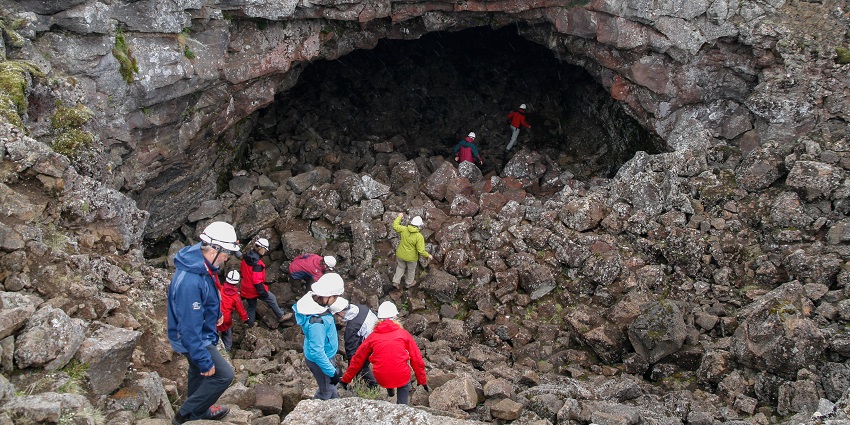
Photo: Christoph Strässler / Wikimedia Commons
Surtshellir is one of Iceland’s oldest and most legendary caves, as described in Viking sagas. Situated in the Hallmundarhraun lava field, it stretches more than 1.5 km. It is connected with Icelandic outlaws who used to hide there. Being one of Iceland’s largest caves, it’s a historic site and a geological wonder. With its gigantic chambers and spooky formations, Surtshellir provides a primitive caving experience. This renowned cave in Iceland needs minimal hiking ability and a flashlight, as the cave is dark and isolated.
Location: Hallmundarhraun, West Iceland
Best Time To Visit: Summer months
6. Gjábakkahellir Cave

Photo: Lenzatic / Pixabay / Image For Representation Only
Situated within the Þingvellir National Park, the Gjábakkahellir is among the lesser-documented but geologically significant Iceland caves. As a result of volcanic activity, the lava cave contains stalactites, strange rock formations, and spacious corridors. It is a genuine and realistic experience of Iceland’s hidden volcanic world. Although it gets fewer visitors, nature enthusiasts rated it among the most famous caves here. As one of the high-profile caves in the country, it is widely utilised for education field trips and geology tours.
Location: Þingvellir National Park
Best Time To Visit: May to September
7. Lofthellir Ice Cave
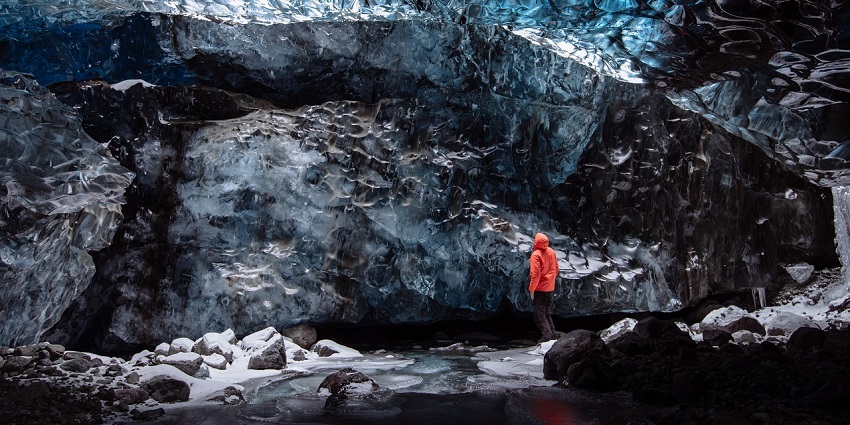
Photo: Pexels / Pixabay / Image For Representation Only
Lofthellir is the most fascinating cave in Iceland, renowned for its stunning natural ice and remote location. This 3,500-year-old lava cave lies in North Iceland, near Lake Mývatn. It can only be reached via a drive in a 4×4 vehicle and a short trek. Despite its remote location, Lofthellir has become a popular destination as one of the best caves due to its magical icy interior. It is used for scientific study and eco-tourism activities.
Location: Near Lake Mývatn, North Iceland
Best Time To Visit: May to October
8. Víðgelmir Cave
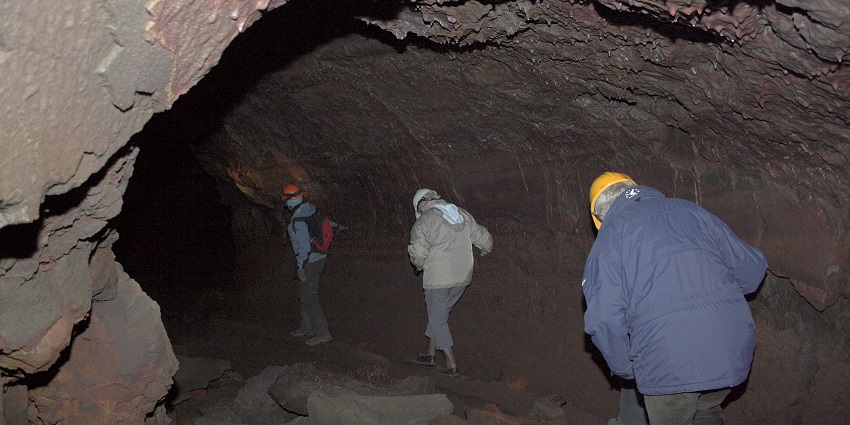
Photo: Olikristinn / Wikimedia Commons
Víðgelmir is among Iceland’s biggest and most striking caves, providing an exhaustive subsurface experience with colourful lava formations. The more than 1,500-meter-long cave has a well-lit path and firm platforms, thus making it accessible to families. Víðgelmir is one of the most renowned caves, which geology students and visitors come to see. Due to its accessibility and large size, Víðgelmir became a significant cave for educational and touristic reasons. The finding of this huge lava tube provides the visitor with an appreciation of Iceland’s volcanic character.
Location: Hallmundarhraun lava field, West Iceland
Best Time To Visit: Year – round
9. Grjótagjá Cave
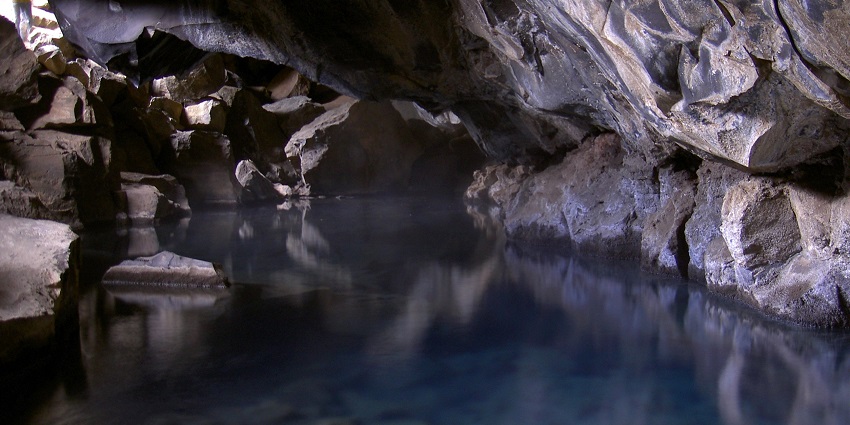
Photo: Chris 73 / Wikimedia Commons
Grjótagjá is a small but significant geothermal cave in Iceland, popular for its role in the HBO television series Game of Thrones. It was used historically for bathing, but its water temperature has increased to an unsafe level for swimming. The cave is recognised as one of the most famous caves in Iceland. This is not just for its popularity in mass culture but also for its historical significance as an outlaw hideout. It is regarded as one of the most significant caves, owing to its unique geological features and cultural relevance.
Location: Near Lake Mývatn, North Iceland
Best Time To Visit: Year – round
10. Búri Cave
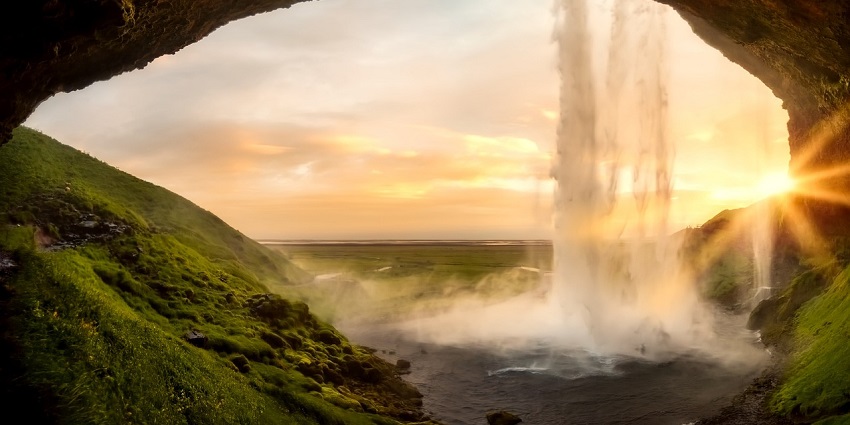
Photo: Anonymous / Pixabay / Image For Representation Only
Búri Cave, located in the Reykjanes Peninsula, is one of the youngest Icelandic caves, discovered in 2005. The cave boasts a rare lava waterfall over 1 kilometre long below ground. It is a geologic marvel and one of Iceland’s world-famous caves due to its virgin and untainted nature. Because of its importance, tourism to the cave is limited to preserve its integrity. Búri Cave best suits experienced cavers and those who desire a more challenging experience. For professional spelunkers, Búri is among the most thrilling caves to explore.
Location: Reykjanes Peninsula
Best Time To Visit: Summer months only
Caves in Iceland present a unique combination of natural splendour and geologic endurance. These range from beautiful ice chambers to fossilised volcanic tubes. For any traveller interested in glacial study, volcanic features, or ancient myths, the world – famous caves attract a broad range of visitors. These remarkable geologic features highlight the island’s abundant geology and offer memorable experiences. Plan your next adventure with TripXL and uncover the essence of Iceland. Book a cave tour today and witness the magic for yourself!
Cover Photo: Chmee2 / Wikimedia Commons


 WhatsApp
WhatsApp
 Twitter
Twitter









